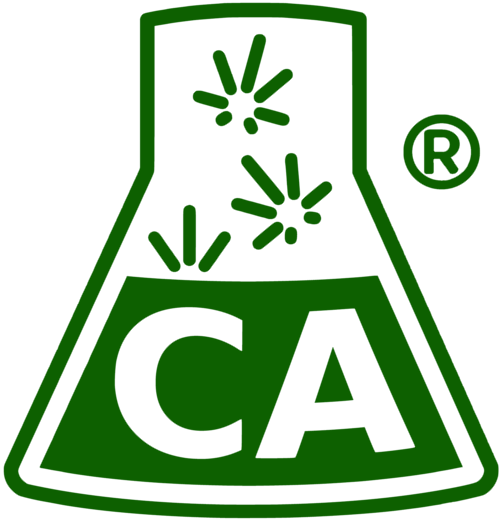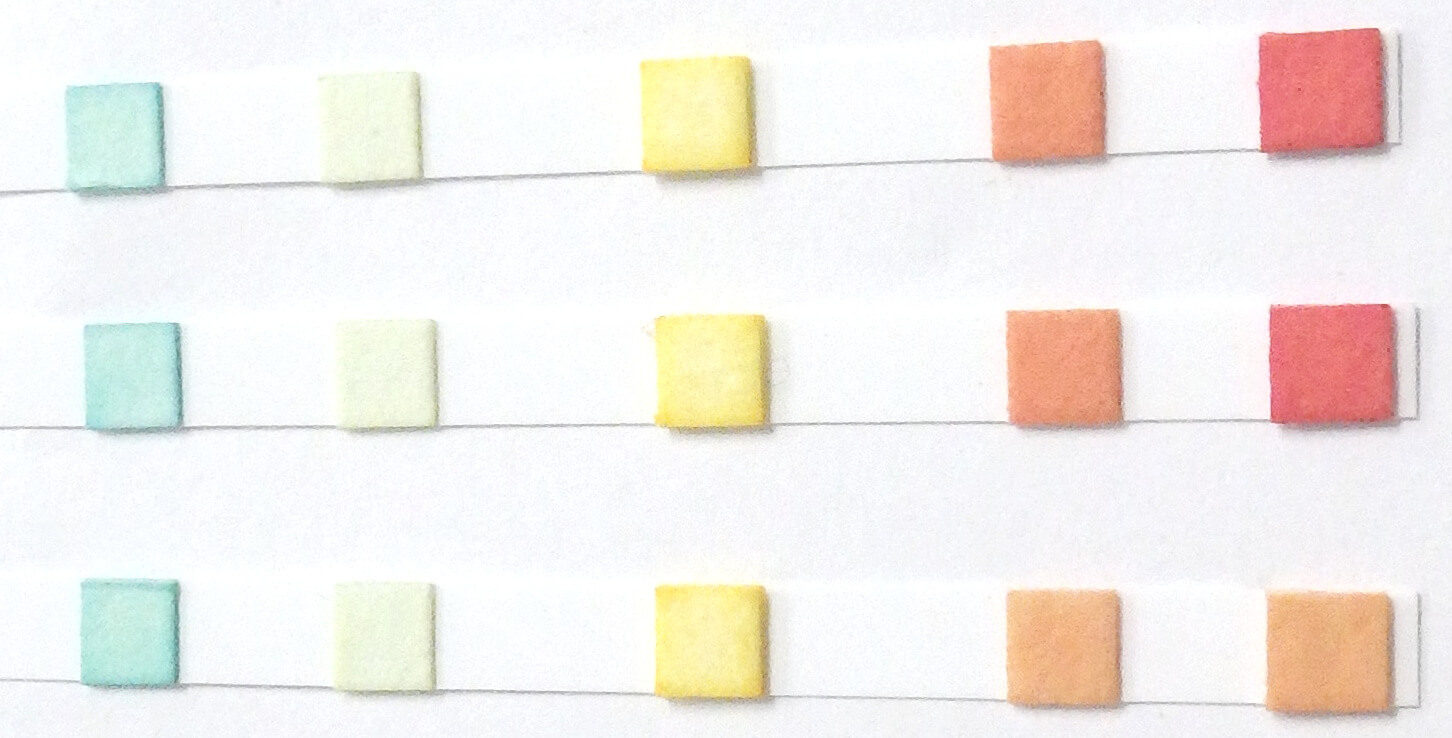Have you ever loaded a bowl of beautiful, sparkling flower, put the flame to the green, inhaled, and coughed out a cloud of metallic, fertilizer-flavored smoke? An incomplete flush is an unfortunate waste of flower. There are many different techniques to ensure a good flush, but wouldn’t it be nice to know if your flush is finished before finding out the hard way?
Usually, the main purpose of a flush is to remove all the plant food still held in the buds before harvesting. The compounds being flushed are the same compounds you feed your plant: good ol’ N-P-K, as well as any other additives and micronutrients. N-P-K references the symbols for the elements involved: Nitrogen (N), Phosphorus (P), and Potassium (K), specifically nitrates, phosphates, and potassium ions. Several colorimetric test kits – where a color change is used to determine results – are available for measuring the amount of nutrients in soil or liquid plant food.
But did you know that these test kits can tell you if nutrients are still in your buds?
At Confidence Analytics, we’re always looking for ways to get more and better data from our favorite plant to improve products and processes. We believe that there’s a ton of truth to the adage “knowledge is power”. Simple, cheap test kits or strips give the grower the ability to know if nutrients are mixed correctly, and if those nutrients are anywhere that you don’t want them to be.
A client of ours came to us with a few samples which had the characteristic bad taste of an incomplete flush, and he wanted to know the cause. We could have charged him to run some of his samples through our GC-MS, which is very powerful, but not cheap. Instead we used aquarium test strips which test for levels of nitrate, a component of fish poop. By taking a 0.1 g sample of the client’s ground flower, mixing it in 10 mL pure water to extract any nutrients, and pouring off the liquid into a test tube onto the test strip, we demonstrated that both suspect samples contained very high levels of nitrates, while a randomly selected control sample had almost none. The test was done in about 15 minutes, for a materials cost of <$1, and the results were striking, as you can see in the above image of the results.
To do this test in your facility, you can take a small sample of fresh plant matter – sugar leaves should suffice, if you don’t want to harm your nugs – grind or mash it up into water, filter out the plant matter, and use your test kit on the weed-water as per the kit’s instructions. Wouldn’t it be nice to know your flush is done three days before you originally thought? Or that the flush aide that you’re trying out doesn’t do much – or works fantastic?
Of course, you can send the sample to us to measure nutrient levels if you want to be precise, but this little trick can save you a lot of time and headache. Colorimetric test kits also exist for measuring water hardness, heavy metals, and pH.

